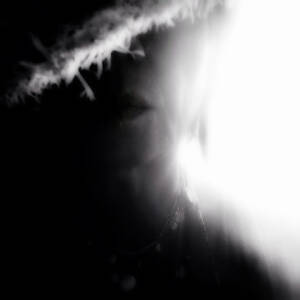Lincoln Cathedral
Alfred J Loughton
prolific photographer
a talented man
Lincoln Cathedral
Lincoln Cathedral, early Gothic cathedral, originally consecrated in 1091, on a hilltop in Lincoln, Lincolnshire, England, U.K. Lincoln Cathedral sits high on its hill, a spectacularly commanding sight for 30 miles (48 km) around. It is held in high esteem by architects past and present, and in the words of Victorian writer John Ruskin “is roughly speaking worth two of any other cathedrals we have.”
The defensibility of the hill was a key part of Lincoln’s strength even in pre-Roman days, and by Norman times it was one of the major cities in the country. It was made the seat of a bishopric in 1072. A cathedral was duly built by the first bishop of Lincoln. This original building was dramatically shattered by an earthquake in 1185, however, and only a portion of the west front of that structure remains. The future St. Hugh of Lincoln, a Burgundian monk who became bishop the following year, took the opportunity to instigate an extensive rebuilding program. When he died in 1200, he was buried in his cathedral with King John helping to carry the coffin, and his shrine attracted throngs of pilgrims. (There was also a shrine to the so-called Little St. Hugh, a boy the city’s Jews were falsely accused of murdering.)
The work of rebuilding went on throughout the 13th century, culminating in the famous Angel Choir, named for its carvings of angels, but also known for the horned “Lincoln imp,” which has become the city’s best-known emblem. The story goes that the imp was making mischief and threw stones at an angel, who promptly turned it to stone. Edward I and Queen Eleanor attended the choir’s consecration in 1280, and her entrails were buried there when she died 10 years later
- 9
- 0
- Apple iPhone 12 Pro Max
- 1/139
- f/1.6
- 5mm
- 32

Comments
Sign in or get an account to comment.


